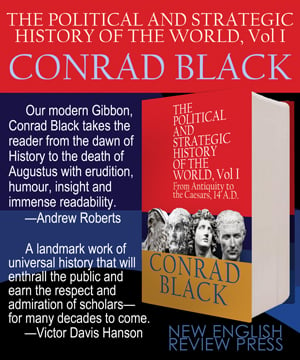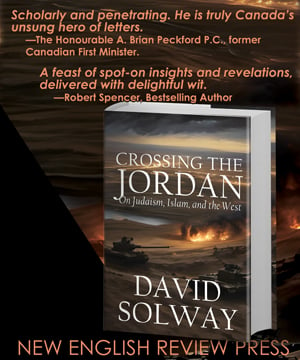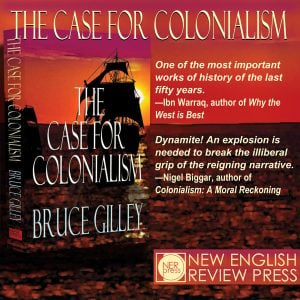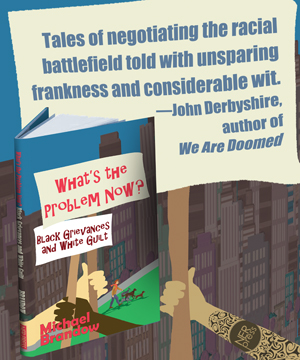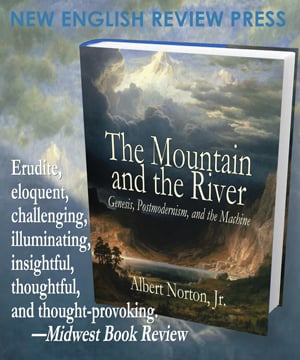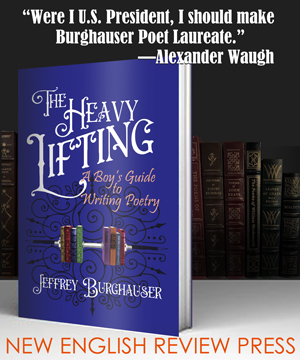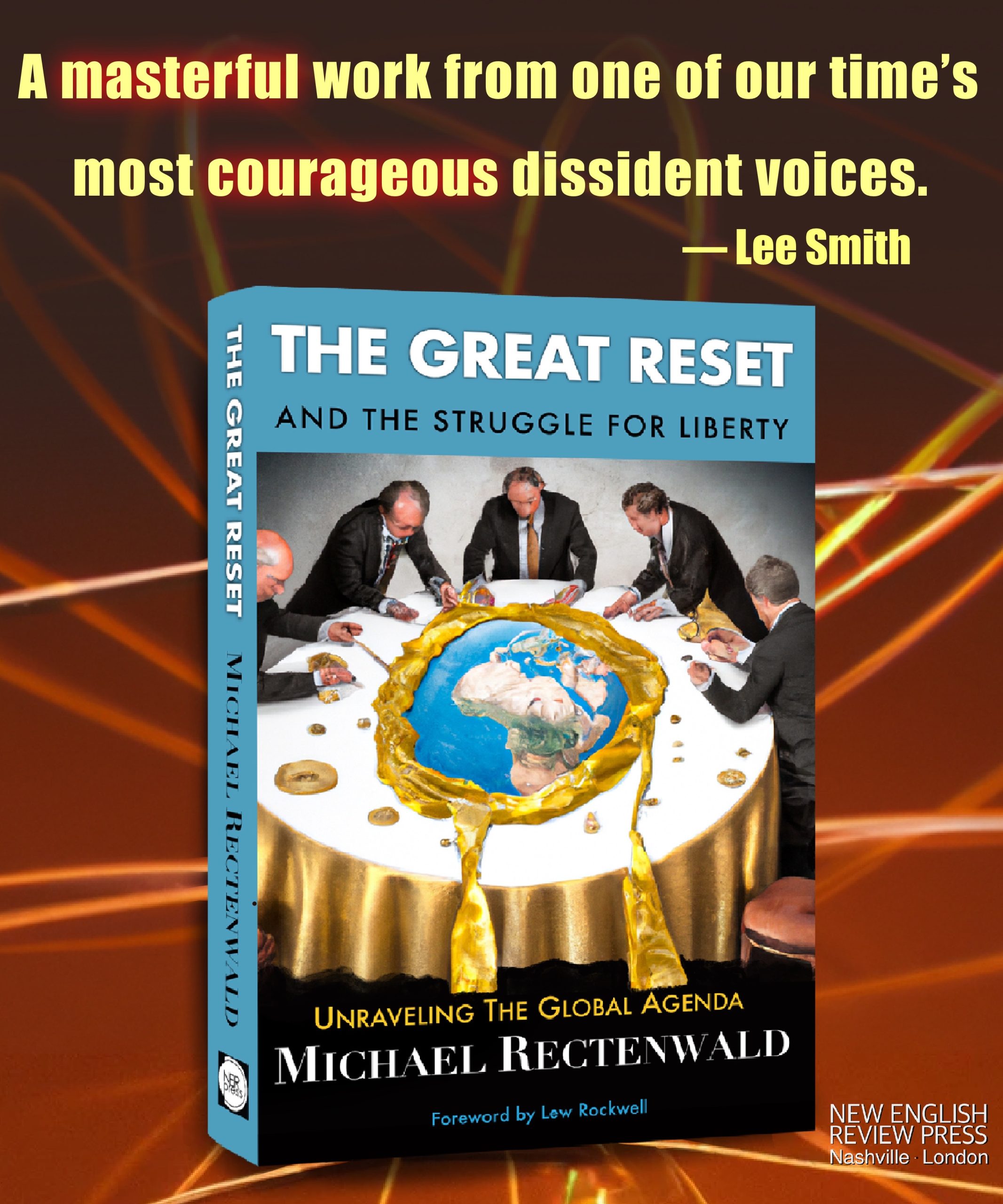by Richard Kostelanetz (December 2014)
Conceptually both impressive and attractive, the White Light Festival sponsored by Lincoln Center offered the best mostly of several kinds of music. Opening with Philharmonic Berliners performing J. S. Bach’s St. Matthew Passion, which is a tough act to follow, the White Light program for later days included the great Gospel singer Mavis Staples and the great British tenor Ian Bostridge in the first US production of Benjamin Britten’s Curlew River.
A second attractive strategy was distributing the productions among smaller Manhattan theaters, away from the concrete expanse of Linc Center that some still find forbidding, reminding me for one of Alexanderplatz formerly in the center of East Berlin and thus of the limited culture of East Germany.
For its motto, the White Light plastered this quote from the Estonian composer Arvo Pärt, “I could compare my music to white light, which contains all colors.” As Arvo was my floormate in West Berlin three decades ago, may I suggest that his “white light” is strictly acoustic, rather than, it appears to be here, an adage for culturally various programming.
When my editor and then myself requested tickets, we were shunted aside, denied tickets entirely to the Bach, and then given not the customary pair but only one ticket to two other performances. Thus was I denied the intelligence of my partner who has more discriminating eyes and ears, even if she doesn’t write reviews. (The ulterior reason for sponsor’s giving critics a pair of seats is increasing possible intelligence.)
So much did we want to see the Matthaus-Passion, which I rank among the masterpieces of all time, that once an advance dress rehearsal was suddenly announced, I asked the White Light press person for tickets for it. Refused again, I turned to a friend who knew some of the production staff, volunteering us for any menial roles that would get us into this show. (Emptying garbage cans is among my acquired skills.) That proposed ruse didn’t work either. Thus, about the Matthaus-Passion performance here, I have nothing to say. I don’t review what I’ve not seen or what I’ve not read. I’d quote from a New York Times review, did I not have too many reasons to distrust its principal music critic.
About two other productions I can’t say much either. The only attraction for me in Chalk and Soot (Dance Heginbotham/Brooklyn Rider) was the musician Carla Kihlstadt, as frequently a violinist as a vocalist, here only singing with an impressive flexibility. (Her father was a high school classmate of mine.) My partner might have liked it more; but since she wasn’t invited, her input was unavailable. As it was, the veteran dance critic seated on the aisle beside me cut out early.
My greater thrill here was going down the elevator onto the street with Mikhail Baryshnikov himself, unfailingly polite, as he thanked me for coming. I got the impression that he oversees his eponymous theater much as a barkeep would a watering hole named after himself.
Offered only one ticket to the single performance of Sergei Rachmaninoff’s Vespers at St. Mary of the Virgin (a huge midtown church otherwise known as “Smokey Mary’s”), I ran a fever that afternoon. Before falling into an early drug-induced nap, I gave my partner a handwritten note asking the White Light folk to give my press ticket to her. Though she showed up early, this they refused to do; so I can’t write about that either. At making winners of losers I lack evidently lack power.
I was planning to put my reviewing promise aside until I saw at Ethical Culture “Ecstatic Journeys” featuring the Rizwan-Muasam Qawwali. These Pakistani brothers have succeeded their uncle, the legendary Nusrat Fatah Ali Khan, who died in 1997. Whenever the latter performed here, I would hear from gringos present about Muslim women letting down their hair and throwing dollar bills onto the stage. Such high ecstatic music, my partner tells me, has a heavily masculine presence that can turn on certain women.
Whether Nusrat Fatah’s successors are as good I cannot measure. What I can surely say is that they produced a great high-energy show. The first measure of their strength is that seven male singers, two of them also playing a squeeze-box harmonium, plus one drummer, sound like a mob, I assume because they’re not singing in unison but taking different parts. Since they play without visible scores, I can’t imagine how they do it. The most curious feature of this group is that their instruments are traditional (hand-clapping, a harmonium squeezed back and forth with the left hand while the right plays keys, and hand drums), yet their performance depends upon sophisticated miking and mixing.
At Ethical Culture near Central Park West, they performed continuously for ninety minutes and then received a standing ovation. This is a group that must be seen to be believed; recordings scarcely duplicate the experience. To say they are AWESOME is to underestimate. I’ve always argued that the strongest evidence for the existence of God is the music written in his honor. These guys will take you there, as will J.S. Bach and Arvo Part. (Forever skeptical, need I repeat that the platitude “Ethical Culture” bothers me because the opposite of Unethical Anti-Culture is so patently unacceptable.)
We also heard the Gewandhaus Orchestra of Leipzig at Avery Fisher Hall play J. S. Bach’s Orchestral Suite No. 4 in D major and Anton Bruckner’s Symphony No. 7 in E major. While their performance of the former was perfunctory, for the latter these Germans filled the large stage with musicians: ten bassists, eight horn players, six trumpets, etc. Even if I didn’t much like the Bruckner, which I thought meandering when not bombastic, I heard the richest orchestral sound that could possibly be produced before the advent of audio amplification. On leaving the theater, I overheard others, more familiar with Bruckner, remarking how much better it sounded live than on their recordings. That is, of course, the best reason for attending live concerts.
I still like the White Light idea of diverse kinds of excellence in a variety of venues. Maybe next year I’ll get a chance to review it, rather than a few individual concerts.
_______________________
Individual entries on Richard Kostelanetz’s work in several fields appear in various editions of Readers Guide to Twentieth-Century Writers, Merriam-Webster Encyclopedia of Literature, Contemporary Poets, Contemporary Novelists, Postmodern Fiction, Webster’s Dictionary of American Writers, The HarperCollins Reader’s Encyclopedia of American Literature, Baker’s Biographical Dictionary of Musicians, Directory of American Scholars, Who’s Who in America, Who’s Who in the World, Who’s Who in American Art, NNDB.com, Wikipedia.com, and Britannica.com, among other distinguished directories. Otherwise, he survives in New York, where he was born, unemployed and thus overworked.
To comment on this article, please click here.
To help New English Review continue to publish informative and helpful articles such as this one, please click here.
If you have enjoyed this essay and want to read more by Richard Kostelanetz, please click here.
- Like
- Digg
- Del
- Tumblr
- VKontakte
- Buffer
- Love This
- Odnoklassniki
- Meneame
- Blogger
- Amazon
- Yahoo Mail
- Gmail
- AOL
- Newsvine
- HackerNews
- Evernote
- MySpace
- Mail.ru
- Viadeo
- Line
- Comments
- Yummly
- SMS
- Viber
- Telegram
- Subscribe
- Skype
- Facebook Messenger
- Kakao
- LiveJournal
- Yammer
- Edgar
- Fintel
- Mix
- Instapaper
- Copy Link


